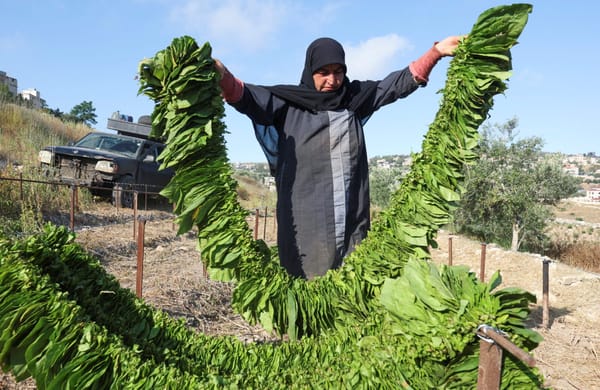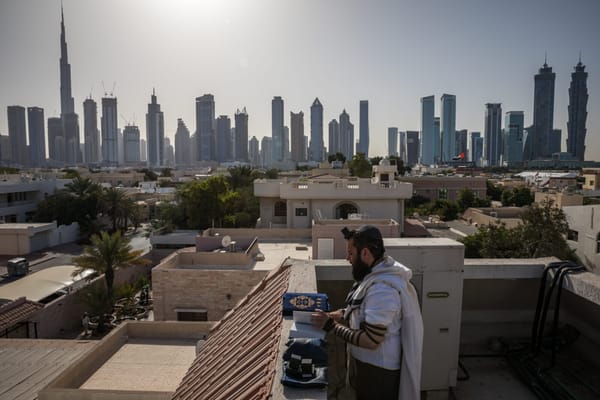Conflict, Forced Migration and Property Claims
Amidst widespread fighting in Iraq and Syria, millions of distressed civilians have fled their homes. In Yemen as well, war has led to mass displacement as people try to escape threats to their lives and livelihoods. These instances of forced migration create overwhelming immediate problems such as








